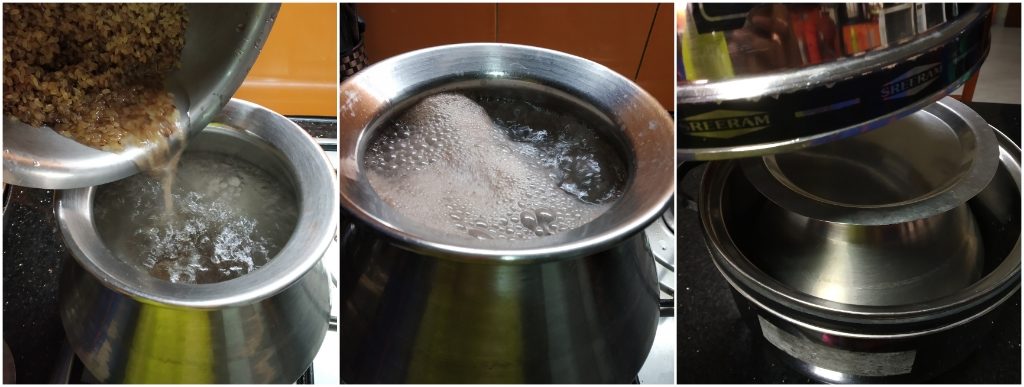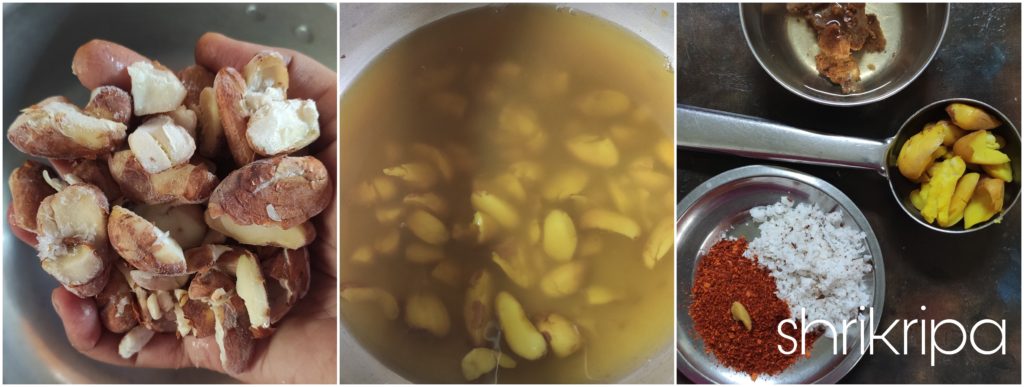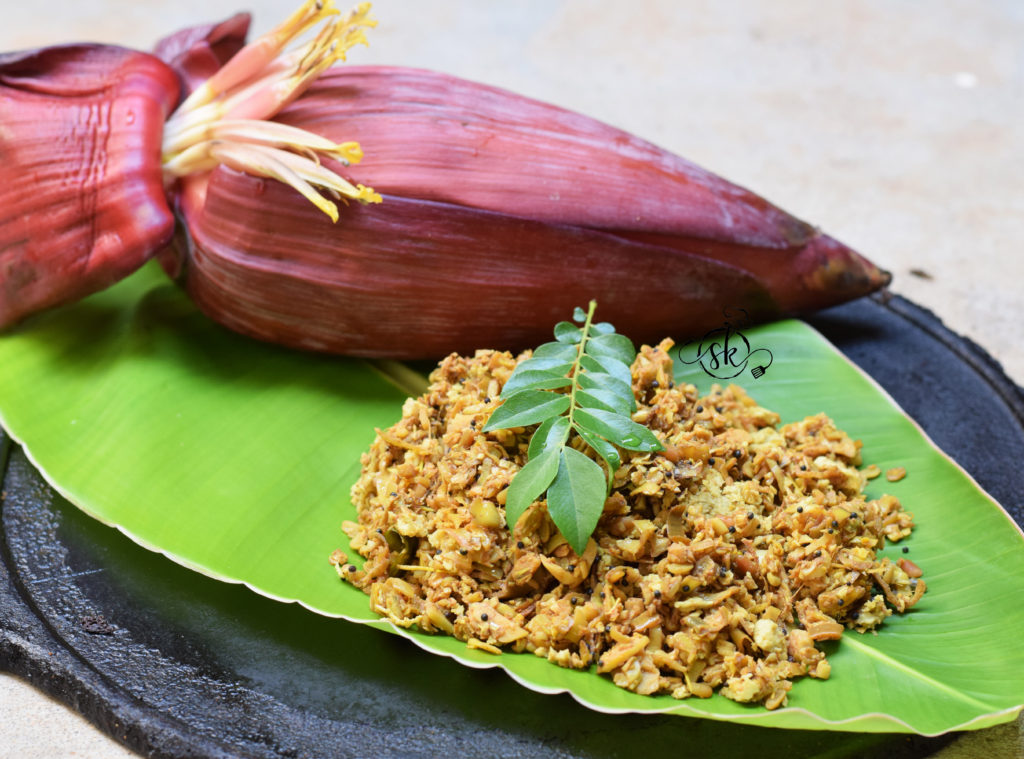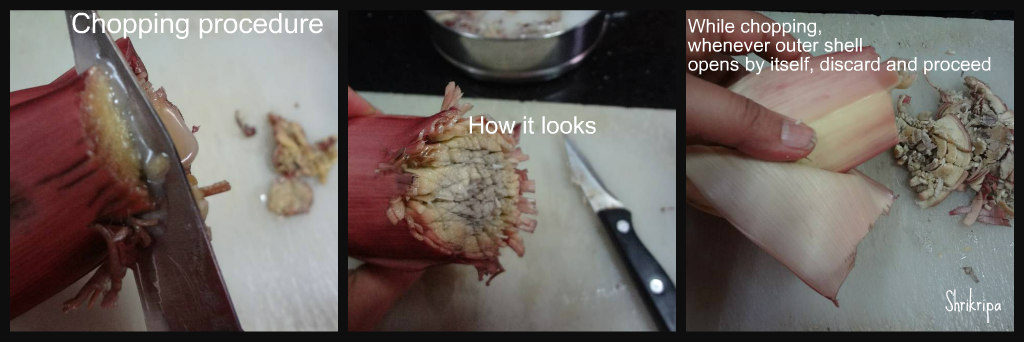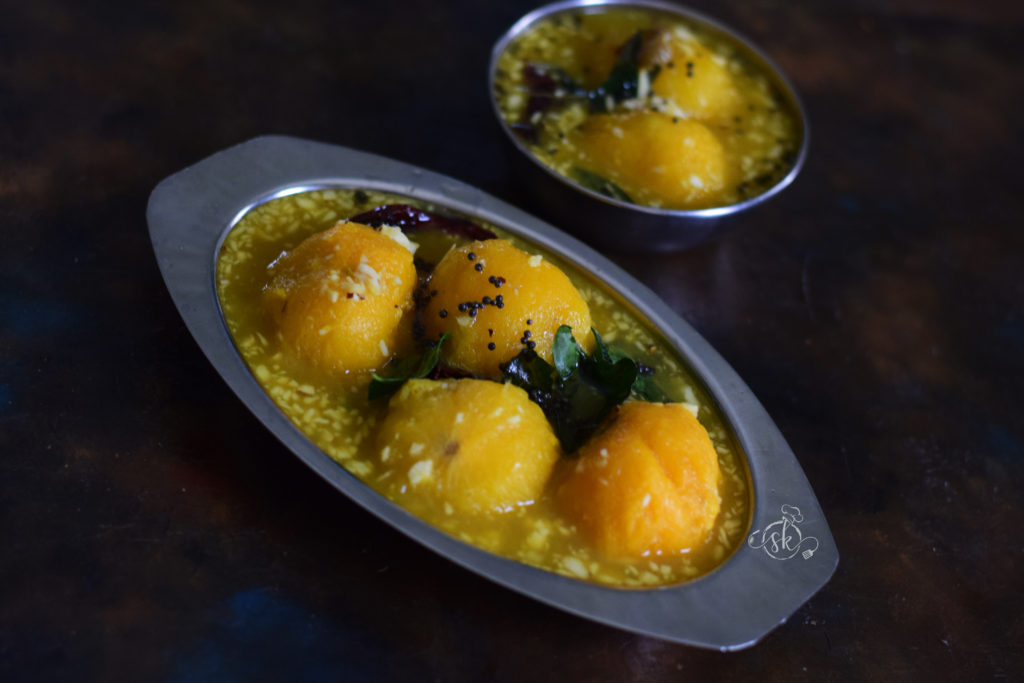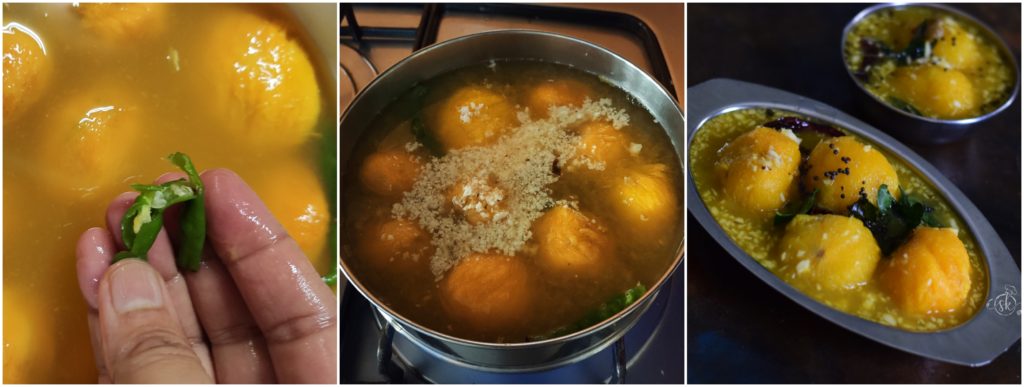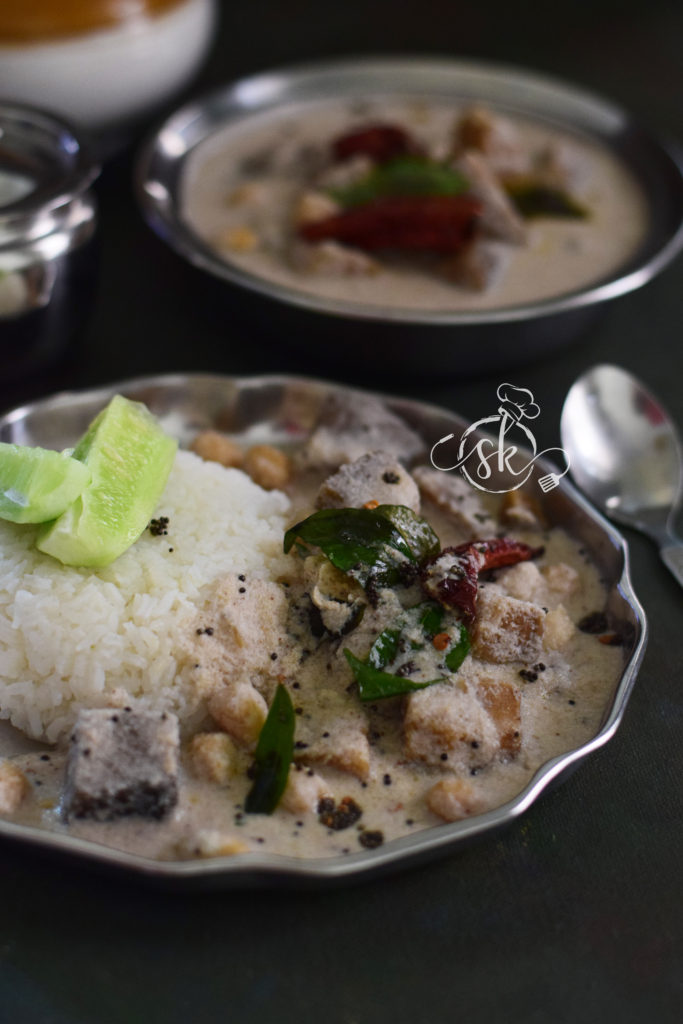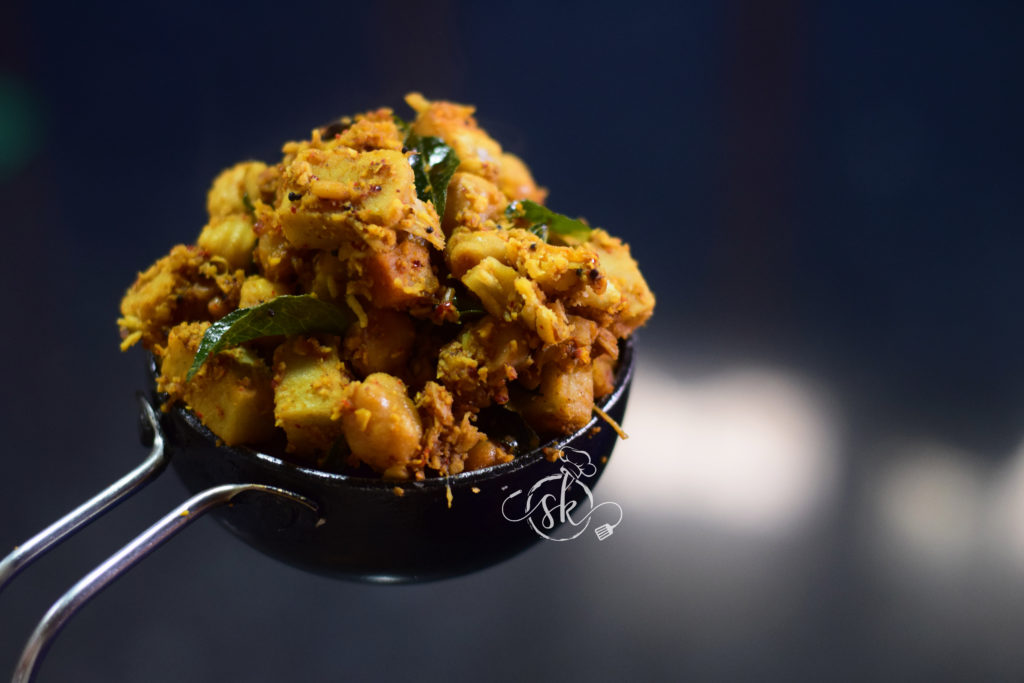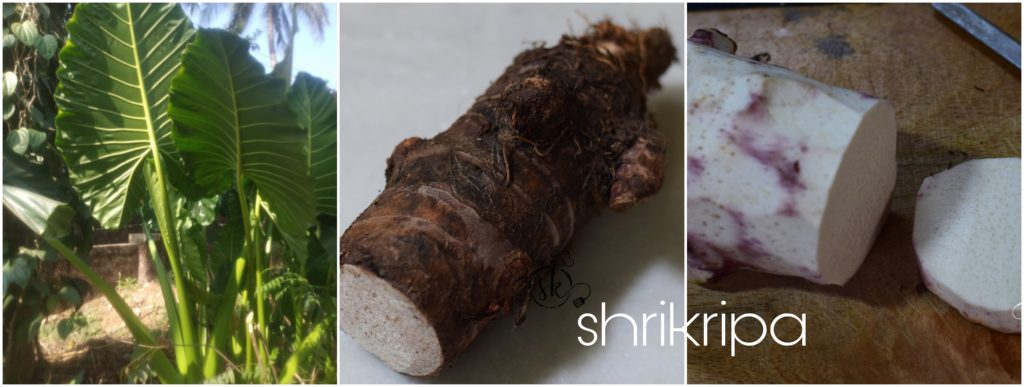Like Kendathadya, this is one more recipe, which I love and cherish the fond memories of my childhood. This recipe is usually made with heirloom cucumber of our region, which is flavorful and watery compared to commercially available salad cucumber.
Ajji, my maternal grandma or my aunt used to prepare this dish for the evening snack. It used to be real fun, sitting in front of the wood fire, chatting with ajji, holding the plate full of two types of Guliyappa. One is the sweeter version with added jaggery, and the other is savoury, with added onion, chilli, and curry leaves. It is pure bliss, and we never recreate the moment of such a warm, comfortable atmosphere in today’s world.
Now, we would see the procedure of making Sweet and Savory version –

Ingredients:
Dosa rice – 1 + 1 cup
Cucumber – 1 Big
Fresh grated Coconut – ½ + ½ cup
Salt
Jaggery – ½ cup (grated)
Onion – 1 medium
Curry leaves
Green chilli
Method:
-Wash, Soak rice in two bowls separately for 3 to 4 hours. Drain soaked water before grinding. (We are using an oozed water out of cucumber for grinding rice)
-Make jaggery syrup by boiling grated jaggery with very little water, sieve the liquid to remove all the impurities.
-Take one big cucumber, peel the skin, make halves, remove the inner core and seeds and grate it. Mix salt to the gratings, leave aside for 5 minutes.
When cucumber oozes its water, strain it through a sieve by extracting all oozed water and collecting it for grinding rice.
-Now, grind the batter for a sweeter version, take one set of drained rice, add ½ cup of Coconut, jaggery syrup, required amount of cucumber water and grind into not so smooth batter.

-To this batter, add tightly packed one cup of cucumber gratings and whip the mixer grinder to mix it thoroughly with the batter.
-Remove this batter to one vessel and allow to rest for 2 to 3 hours. (Resting the batter would help to make Guliyappa softer and flavorful)
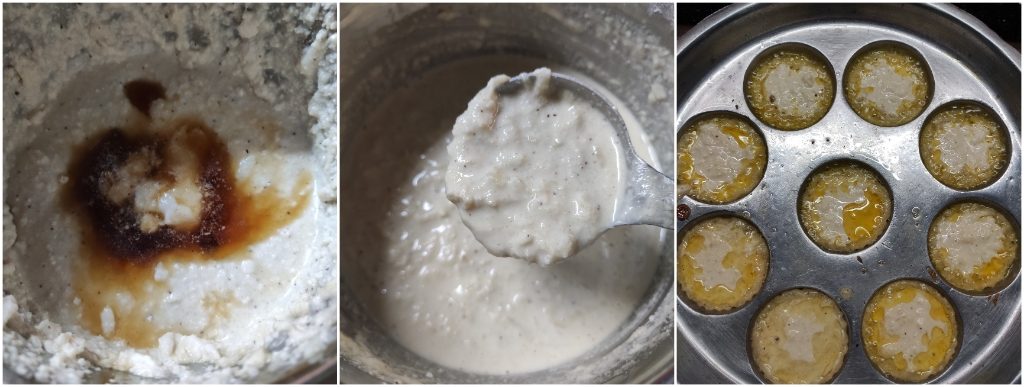
-Now, it is time to make batter for the Savory version. Grind the same as the sweet version without adding jaggery. After adding and mixing the cucumber gratings, add chopped onion, green chilli and curry leaves.

-Remove this batter to one vessel and allow to rest for 2 to 3 hours. (Resting the batter would help to make Guliyappa softer and flavorful)

-After the resting period, heat the Appe/ Paddu pan, pour little ghee into each mould. When the paddu pan is hot, pour the batter, cook in a low flame, turn around, cook both sides properly, and enjoy the flavourful and delicious Sweet and Savoury Cucumber Guliyappa.

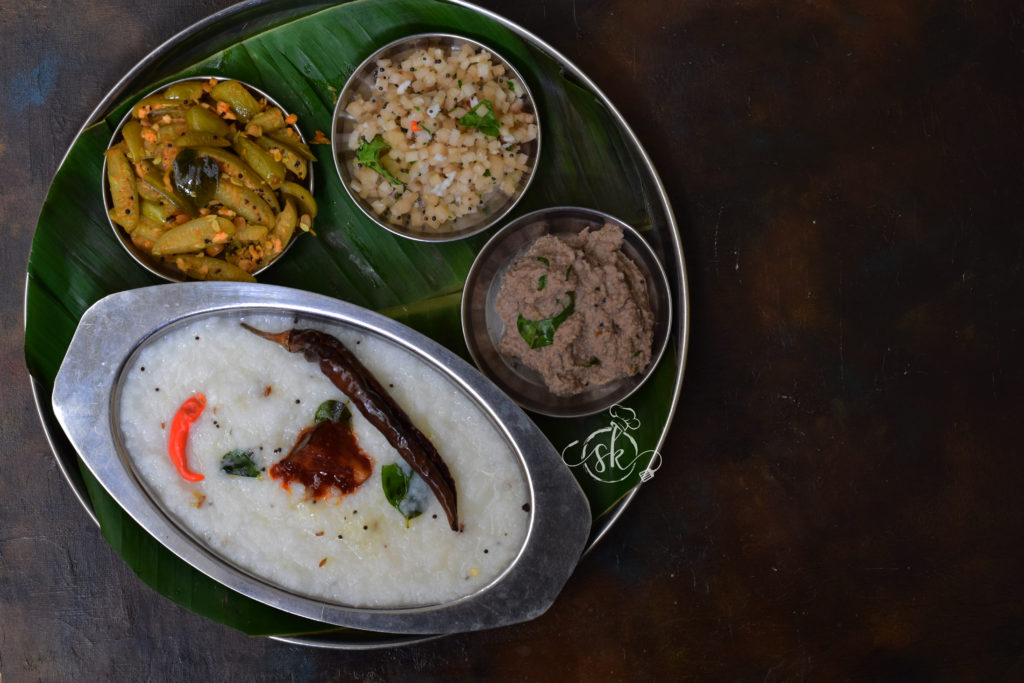

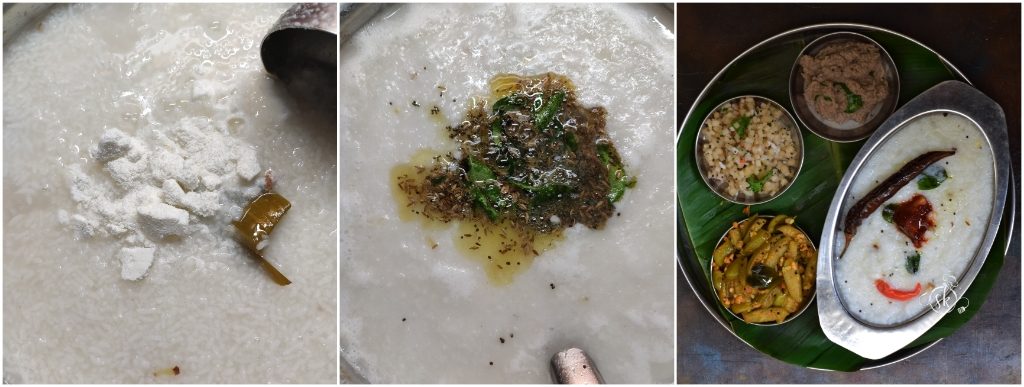


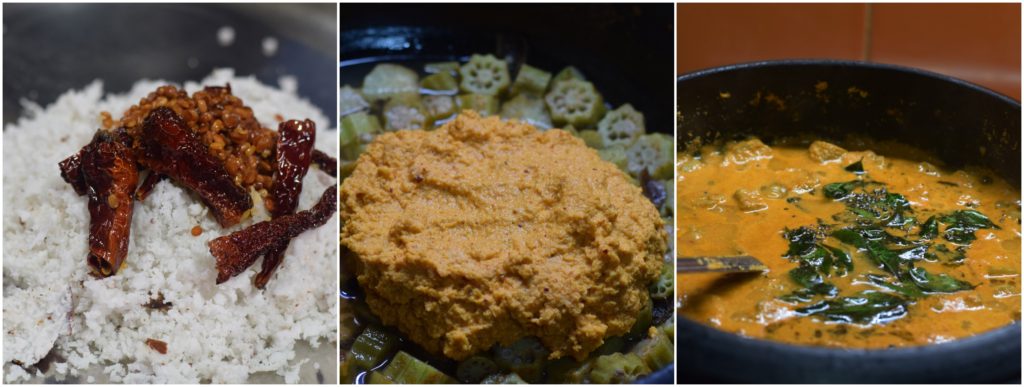
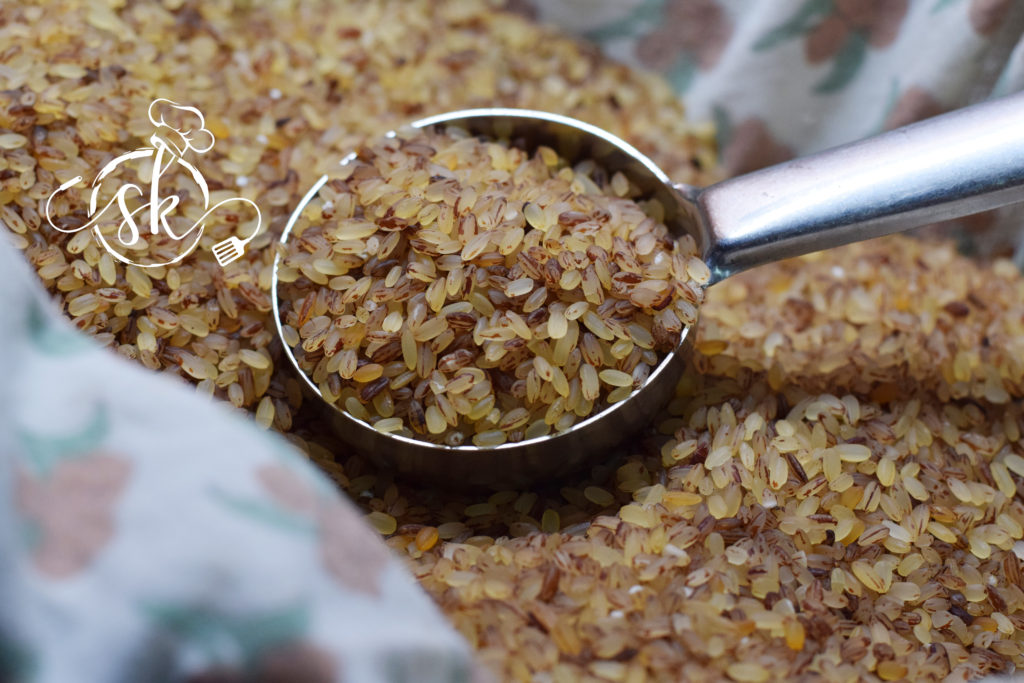
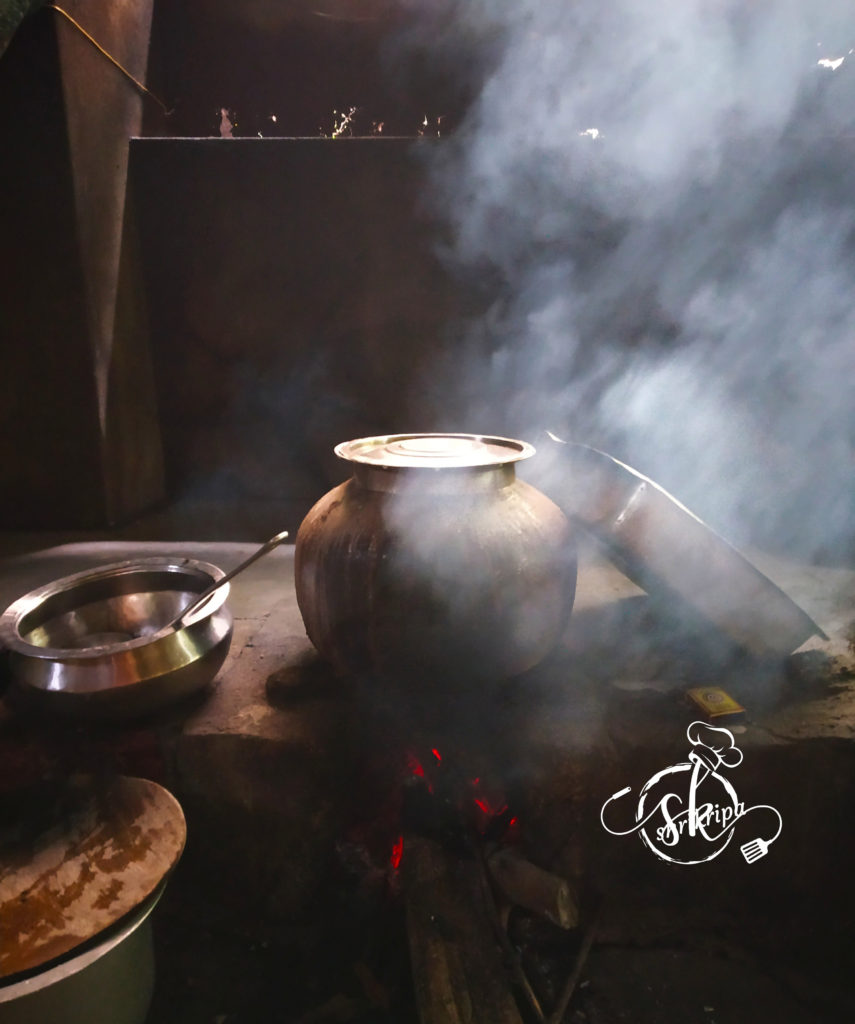
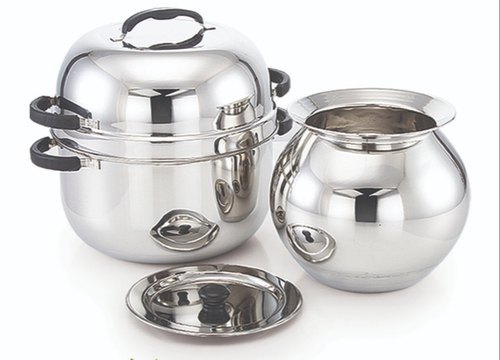 Pic Courtesy: By Google
Pic Courtesy: By Google